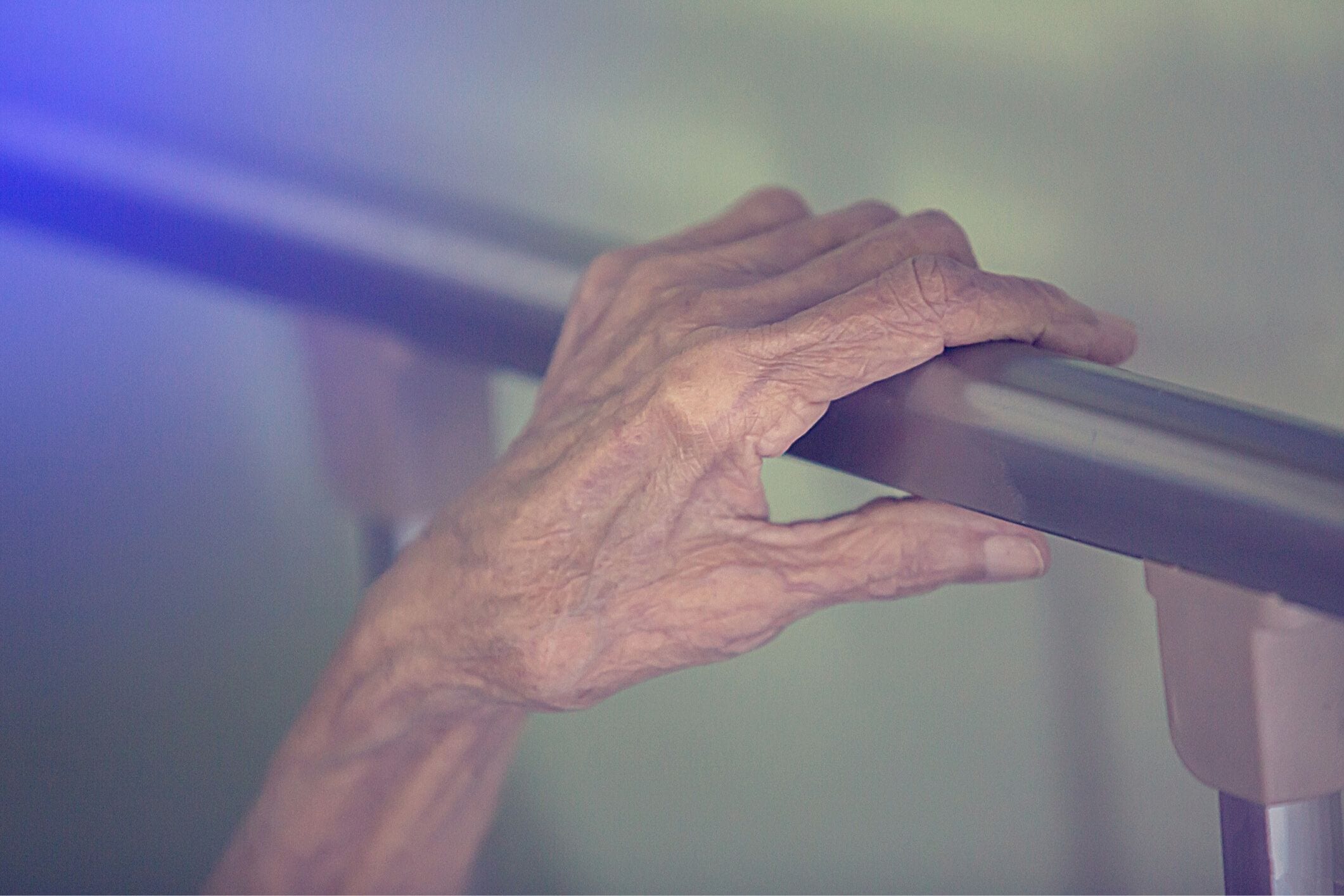
“The problem with the portable rails is they really can’t be adjusted in a safe way to prevent the gap from opening up between the rail and mattress,” said Steven Miles, a retired doctor and professor emeritus at the Center for Bioethics at the University of Minnesota, according to reports by CBS News.
Miles first spoke out about the dangers of bed rails back in 1995, and he believes that because the deaths and injuries caused by bed rails are mostly to older people, the dangers are overlooked.
Hundreds of deaths associated with bed rails
Bed rails are used on hospital or aged care beds to help people, often older people, pull themselves up or prevent them from falling out of bed.
In the US, regulators and legislators have banned dangerous sleep products for infants, but bed rails remain available for sale, despite the fact they have been responsible for the deaths of hundreds of older Americans.
Between 1985 and 2013, the US Food and Drug Administration received 901 reports that patients had been caught, trapped, entangled or strangled by hospital bed rails. These incidents resulted in 531 deaths.
In addition, the FDA reported it received seven deaths associated with bed rails between 2005 and 2013.
A paper by the US Consumer Product Safety Commission found that an estimated 69,000 adults were treated in US hospital emergency rooms for bed rail-related injuries between 2003 and 2019. Among these incidents, there were 247 fatalities.
The CPSC recently announced new safety standards that eliminate inclined sleepers, which have been linked with asphyxiation much like bed rails, for babies younger than five months. And new laws have been introduced in the US that ban inclined sleepers and crib bumper pads.
“Limited” benefits
Professor Joseph Ibrahim, a specialist in geriatric medicine and aged care safety at Monash University, told HelloCare bed rails are rarely used now in Australia because their benefits are “quite limited”.
While there are dangers associated with bed rails, they are also controversial because they are considered a form of restraint, Professor Ibrahim said.
According to Safer Care Victoria, bed rails are considered a restraint when they are used to intentionally prevent a person from getting in and out of bed, even when used with the person’s consent and in an emergency.
“There’s no right approach” to using bed rails and deciding to use them can be complex,” explained Professor Ibrahim.
“They promote disability and functional decline,” he said.
Their use depends on many factors, including the degree of supervision available to the person, and taking into account the fact that falling from a bed with bed rails means falling from a considerable height.
If there is space to roll between the railing and the mattress, the person can get entangled and strangle themselves, Professor Ibrahim warned.
Despite the dangers, and the fact that bed rails are considered physical restraint, some people still like to use them, Professor Ibrahim said, especially when they consider them the safest option when they are concerned a person might fall or roll out of bed.
What do you think? Should bed rails be banned in Australia? Or do you think they are useful and have their place, given the right circumstances?
I don’t understand why they don”t use mesh. It is soft and no rails to get stuck.
Only if the person tends to fall out of bed but really an alarm together with a crash mat would be preferable
My mother is in a Nursing Home. Has been in there since August 2019. She is now 97 and completely bed ridden now.
I have fought hard with management to get mum a bed with rails, because while she was still able to get out of bed with help, she had many falls out of her bed, which was quite often left quite high, or she was not helped to get back into bed properly and left too close to the edge. These falls have resulted in a broken nose, bruised ribs, leg broken in two places, gashes to her head and face and being left on the floor for two hours before she was found. That is not acceptable to me.
At least now she is safe from falls.
I feel that rails are useful and have their place in certain circumstances. I have to sign a consent form every three months.
Mum had rubber padding on her rails, so there is no gap between the rail and mattress so no danger of her being caught.
Bed rails should be banned. My 95 year old mother spent 6 years in a nursing home with bed rails up that constantly bruised & tore the skin. After some reporting to nursing management , after two years of frustration offered to make padding to surround the rails. They then offered pool floaties that wrapped around the bars which they had in a store room. After my experience with a Private Upper Nursing Home on the Upper north Shore area, I would not put anyone in them unless they were absolutely desperate!